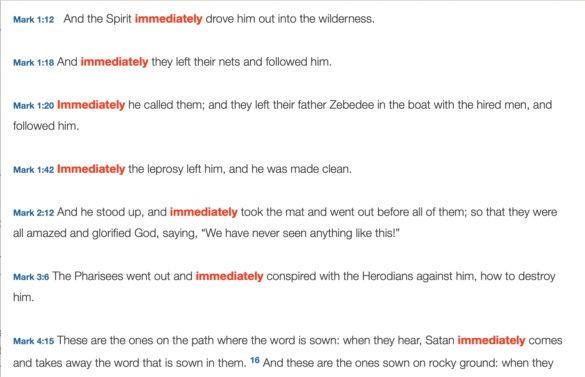Yonder is the great and wide sea
Psalm 104:26-27
with its living things too many to number, *
creatures both small and great.
There move the ships,
and there is that Leviathan, *
which you have made for the sport of it.
Alice couldn’t stop laughing at me this Saturday afternoon. We were sitting in the shade under a tree, enjoying a picnic by the beach, feasting on chicken fingers and ice cream from the snack bar while Alice read aloud from Ramona the Pest, and I could not stop myself from repeatedly exhaling huge, loud sighs of relief, each one prompting another round of giggles. For the first time since September, I’d been swimming in salt water. Summer was almost here. And with every minute I sat there, a day’s-worth of stress was dissolving into the sea as the long winter washed away.
It’s the power of water to dissolve nearly anything that makes it such a potent symbol in baptism. Water is a symbol of life, for plants and animals alike; with it we water our plants and quench our thirst. Water is a medium through which we travel, on journeys toward new places or to escape, like the Israelites at the Red Sea, from old ones. Perhaps more than anything, water is the “universal solvent,” the substance in which more things can be dissolved than anything else: the dirt and sweat that cover our bodies; the minerals that give the ocean its buoyant tang; and even, yes, sometimes even the anxiety of a minister at the end of a long year.
The water of the baptism we’ll celebrate this Sunday, and which all of us have ourselves received, does all these things. The water of baptism begins our new life in Christ, and continues to refresh us through our whole lives. It invites us into a journey with God across the often-stormy sea of our lives in this world, toward a distant and more promising shore. And yes, it cleanses us from sin; not just once, on the day of our baptism, as if babies were somehow notorious wrongdoers, but every day of our lives, as we look back on our various missteps and are reminded that we have already been given.
And maybe, just maybe, baptism gives us just a hint of that sigh of relief. In baptism, and at baptisms, we are constantly reminded that we have been made children of a God of infinite compassion and unconditional love, and God looks at us as we look at a beloved child. God looks at our greatest accomplishments, the triumphs and successes of which we are most proud, with the genuine delight of a grandparent being presented with some new refrigerator art. God looks at our failures and mistakes with the tranquility of a parent weathering yet another tantrum, albeit with divine, and not human, patience.
The stresses and strains of an ordinary life are real, but compared to the depth of God’s love, they are small, and in baptism, God washes them away. God dissolves them in the waves, and sends them out into the sea. And if that vague and spiritual thought is not quite enough to comfort you, amid the actual, concrete realities of life, then, well…
That’s why God made the beach.

